Wernher von Braun was a German aerospace engineer and one of the fathers of the American space program.
He was born to an aristocratic family in Wirsitz, Silesia, located between Germany and Poland, on March 23, 1912. In 1920, he moved to Berlin.
As a boy, he read Hermann Oberth’s book By Rocket into Planetary Space. From that moment on, he became thoroughly fascinated by the notion of space travel.
While a student, von Braun joined the Spaceflight Society, a group of students who experimented with liquid-fueled rockets. In 1932, the German army urged members of the Society to help it develop new weapons. Von Braun accepted.
That same year, he received a degree in aeronautical engineering, followed by a second degree in physics.
When Hitler came to power, von Braun joined the Nazi Party, and later the SS, so that he could pursue his research.
With the outbreak of World War Two in 1939, von Braun was entrusted with developing a long-range missile weapons system. He designed the V-2 rocket, which inflicted damage and casualties in Belgium and Britain between 1944 and 1945.
When Germany was defeated, von Braun and his colleagues turned themselves in to the US army.
The US welcomed the German scientists, recognizing their knowledge as a precious resource in light of the potential conflict with the USSR.
In 1945, von Braun moved to America to work for the US army. He developed the Redstone and Jupiter missiles, the latter of which was capable of striking a target 2,400 kilometers away. But his dream remained manned space travel, which he wrote about in articles and books.
In 1957, the Soviet Union launched Sputnik, the first satellite.
Its technological supremacy now challenged, the US launched its own satellite a year later. The launch rocket was powered by von Braun’s Jupiter C rocket.
The next year, von Braun joined NASA, the nascent American space agency, becoming director of its Huntsville, Alabama station in 1960.
In 1961, the Soviets managed to send a man into space. US President John F. Kennedy responded by claiming America would land a man on the moon by 1970. The space race had begun. Von Braun could finally dedicate himself entirely to his dream. He designed the Saturn V rocket, a creation that sent the Apollo 11 astronauts hurtling toward the moon in 1969.
But the moon landing all but ended space travel. NASA’s financing was dramatically reduced in subsequent years, cancelling von Braun’s dream of putting a man on Mars. In 1972, he left NASA and became a vice president of Fairchild Aerospace. He died in Alexandria, Virginia on June 16, 1977. He was 65.
He was born to an aristocratic family in Wirsitz, Silesia, located between Germany and Poland, on March 23, 1912. In 1920, he moved to Berlin.
As a boy, he read Hermann Oberth’s book By Rocket into Planetary Space. From that moment on, he became thoroughly fascinated by the notion of space travel.
While a student, von Braun joined the Spaceflight Society, a group of students who experimented with liquid-fueled rockets. In 1932, the German army urged members of the Society to help it develop new weapons. Von Braun accepted.
That same year, he received a degree in aeronautical engineering, followed by a second degree in physics.
When Hitler came to power, von Braun joined the Nazi Party, and later the SS, so that he could pursue his research.
With the outbreak of World War Two in 1939, von Braun was entrusted with developing a long-range missile weapons system. He designed the V-2 rocket, which inflicted damage and casualties in Belgium and Britain between 1944 and 1945.
When Germany was defeated, von Braun and his colleagues turned themselves in to the US army.
The US welcomed the German scientists, recognizing their knowledge as a precious resource in light of the potential conflict with the USSR.
In 1945, von Braun moved to America to work for the US army. He developed the Redstone and Jupiter missiles, the latter of which was capable of striking a target 2,400 kilometers away. But his dream remained manned space travel, which he wrote about in articles and books.
In 1957, the Soviet Union launched Sputnik, the first satellite.
Its technological supremacy now challenged, the US launched its own satellite a year later. The launch rocket was powered by von Braun’s Jupiter C rocket.
The next year, von Braun joined NASA, the nascent American space agency, becoming director of its Huntsville, Alabama station in 1960.
In 1961, the Soviets managed to send a man into space. US President John F. Kennedy responded by claiming America would land a man on the moon by 1970. The space race had begun. Von Braun could finally dedicate himself entirely to his dream. He designed the Saturn V rocket, a creation that sent the Apollo 11 astronauts hurtling toward the moon in 1969.
But the moon landing all but ended space travel. NASA’s financing was dramatically reduced in subsequent years, cancelling von Braun’s dream of putting a man on Mars. In 1972, he left NASA and became a vice president of Fairchild Aerospace. He died in Alexandria, Virginia on June 16, 1977. He was 65.
RELATED
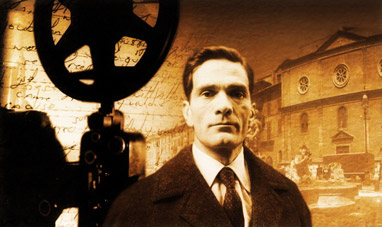

PIER PAOLO PASOLINI
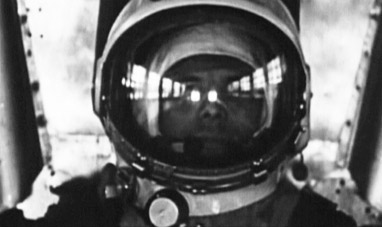

YURI GAGARIN
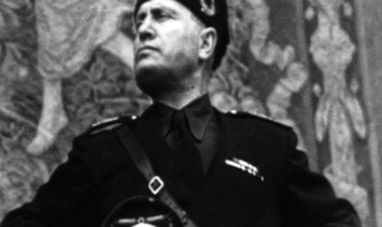

BENITO MUSSOLINI
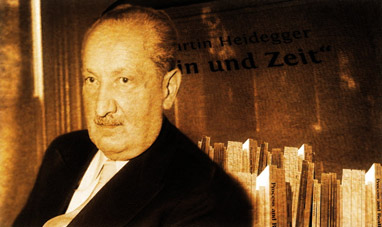

MARTIN HEIDEGGER
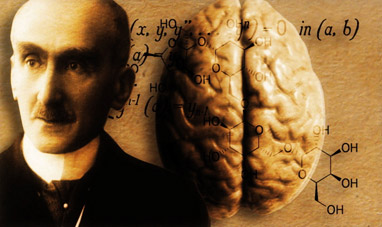

HENRI BERGSON
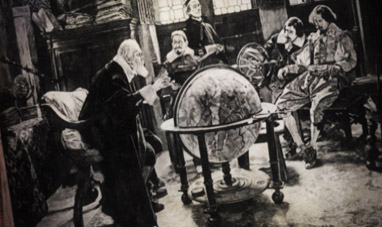

GALILEO GALILEI
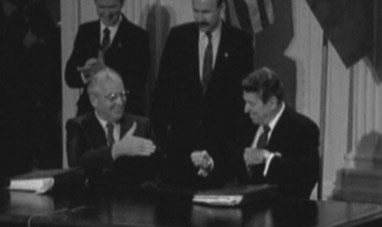

THE COLD WAR


THE MONTGOLFIER BROTHERS
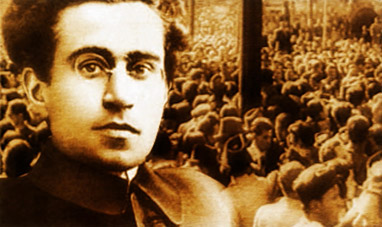

ANTONIO GRAMSCI
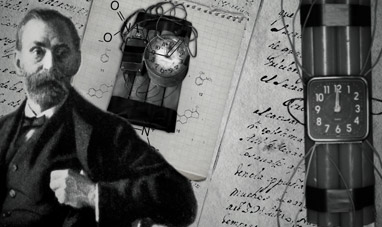

ALFRED NOBEL
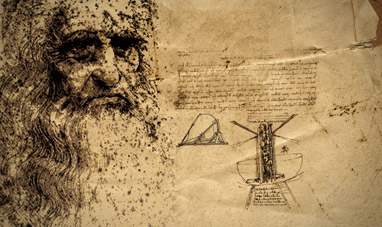

LEONARDO DA VINCI
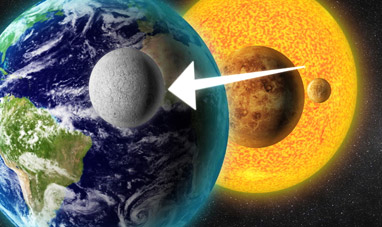

THE MOON
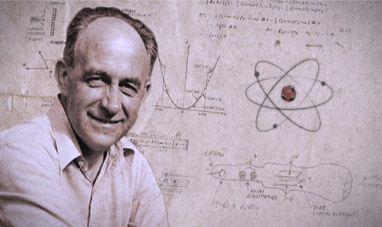

ENRICO FERMI
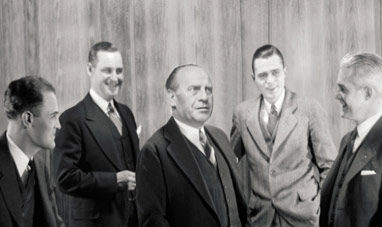

OSKAR SCHINDLER


NORMANDY LANDINGS
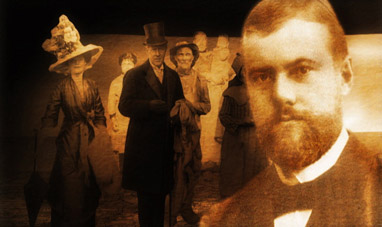

MAX WEBER


CARL ROGERS


CHRISTIAAN HUYGENS
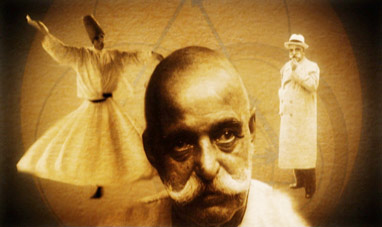

GEORGE IVANOVICH GURDJIEFF


ISAAC NEWTON
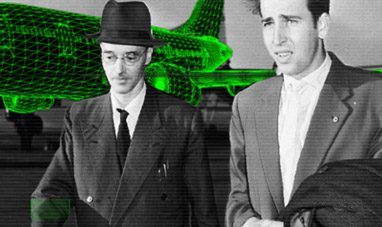

KLAUS EMIL FUCHS


ERICH FROMM


KARL JASPERS
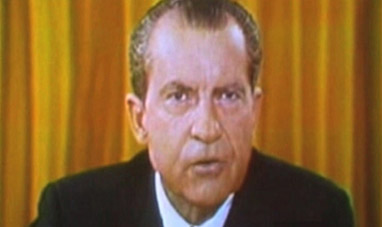

RICHARD NIXON


LUDWIG WITTGENSTEIN
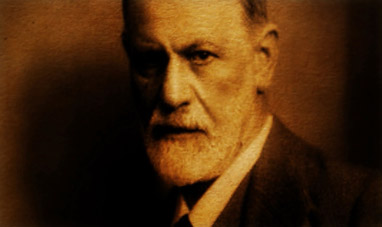

SIGMUND FREUD


JOHANNES KEPLER
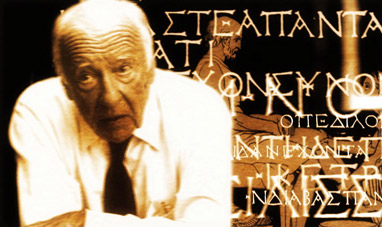

HANS GEORG GADAMER


EDMUND HALLEY
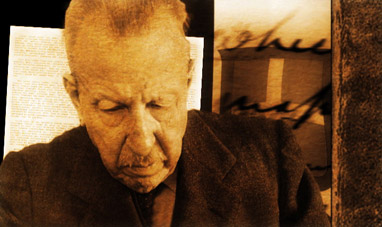

BENEDETTO CROCE
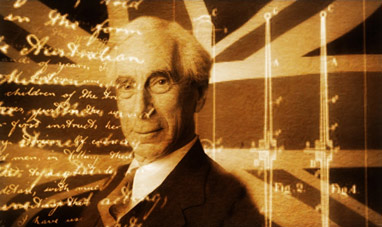

BERTRAND RUSSEL


MOTHER TERESA OF CALCUTTA


GALEN
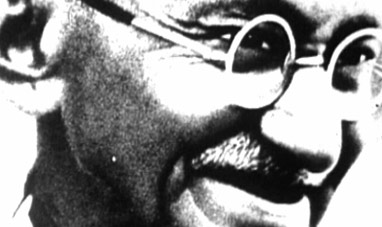

GANDHI
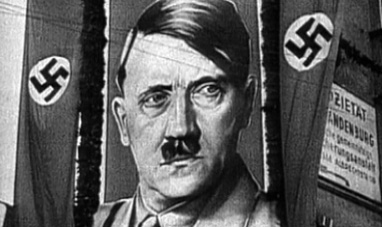

ADOLF HITLER


THE LUMIÈRE BROTHERS
